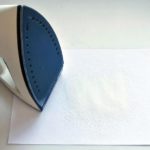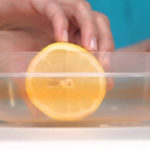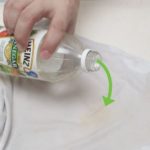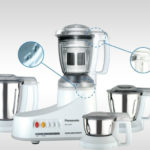Processing raw pig hearts requires carefulness and takes a lot of time, and in many cases, even with careful processing, the strong odor cannot be completely eliminated.
There are many effective methods to clean pig hearts, the most common of which is to use lime/vinegar or salt. Few people know that there is another method that is also very effective in removing the strong and fishy odor of pig hearts, using a cheap and non-toxic powder, which is cornstarch.
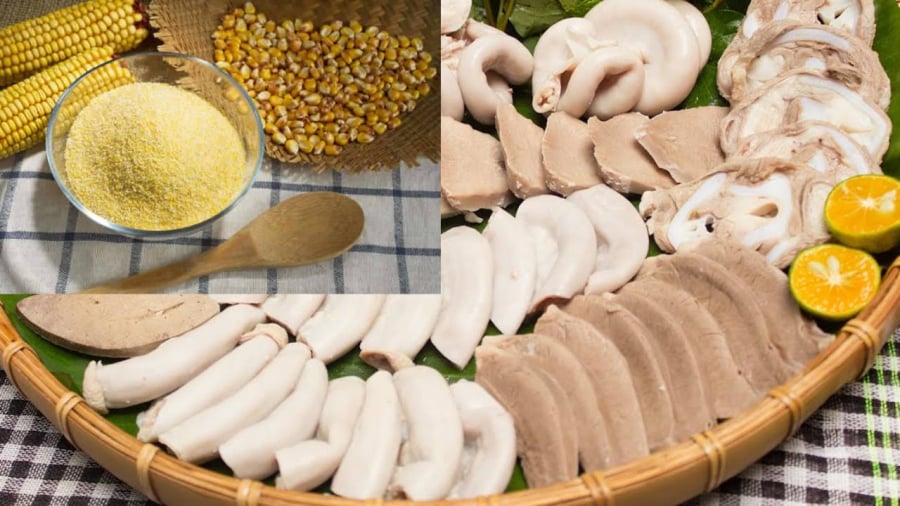
Cleaning pig hearts with this cheap powder will surprise you with its high and fast effectiveness
Cleaning pig hearts with this cheap powder will surprise you with its high and fast effectiveness. Here are the steps to follow:
Rinse the pig hearts with cold water to remove dirt and impurities. Prepare enough cornstarch to cover the entire surface of the pig hearts.
When the pig hearts have been rinsed and are still damp, evenly coat them with cornstarch; use gentle massage with your hands to ensure that the cornstarch is evenly distributed and absorbed, then let it sit for about 15-20 minutes.
After the cornstarch has been evenly absorbed, rinse the pig hearts with cold water to remove dirt and excess cornstarch. Check the surface of the pig hearts carefully after rinsing to ensure that there are no remaining stains, then you can proceed to cook them.
Cleaning pig hearts with cornstarch can effectively remove the fishy odor and impurities, while providing a protective layer to retain moisture and flavor when cooking.
Some other methods for cleaning pig hearts:
Here are some simple ways to clean pig hearts using common ingredients found in the kitchen.
Using salt and vinegar
When you bring the pig hearts home, first turn them inside out and remove the sticky substance inside. You can use a piece of ginger to squeeze and remove the slime as well as eliminate the odor, then use salt and vinegar to scrub and knead thoroughly. Rinse the hearts with clean water and blanch them in boiling water, then squeeze them again to remove any remaining odor.
Using lime and salt
Similar to the method above, after cleaning and removing the slime, use lime to scrub and eliminate the odor; rinse with saltwater to kill bacteria. Blanch the hearts in boiling water to make them firm and crispier, then squeeze them again to clean.
Using flour and lime
First, turn the pig hearts inside out and clean the slime inside, then knead them thoroughly with flour and coarse salt and rinse with water to eliminate the odor. Finally, use lime to scrub and rinse with clean water.
Using baking soda
This is a cheap and effective method for cleaning pig hearts. Just rinse the hearts with water, then sprinkle baking soda on the surface of the hearts, gently knead and let the baking soda soak into the hearts for about 15-20 minutes. After that, rinse the pig hearts with clean water.
Baking soda has the ability to clean and deodorize well, helping the pig hearts to be clean and not fishy.
However, make sure to rinse the pig hearts thoroughly to remove any remaining powder and not affect the taste of the dish you are going to cook.
Standard boiling method:
Prepare a bowl of cold water with a few drops of lime or use cold water mixed with a little alum, bring it to a boil and let it cool.
Boil the water first, then put the hearts in. This step determines whether the hearts will be delicious or not. Putting them into boiling water will make the hearts cooked and crispy.
Add some ginger to make the hearts more fragrant.
Let the water boil for 2-3 minutes until the hearts turn pink, then scoop them out and immerse them in the initial bowl of cold water with a few drops of lime. By doing so, the hearts will be both crispy and have a beautiful white color, without turning dark. Normally, the total time from putting the hearts into boiling water to scooping them out is about 7-10 minutes (depending on whether there are many or few ingredients).
For young hearts, just bring the water to a boil again for a few minutes before turning off the heat. Scoop them out and immediately put them in a pot of boiling water with a little alum and some ice cubes to cool down. Then scoop them out, slice them, and they are ready to eat.
The most important thing to make the boiled hearts white and crispy is to boil them quickly, and as soon as they are slightly cooked, scoop them out immediately. The longer they are boiled, the tougher they will become.
























